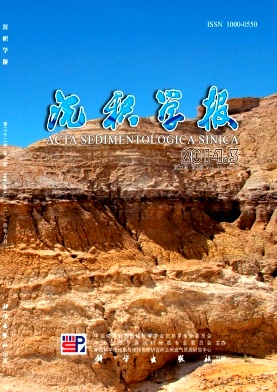Characteristics of Ferruginous Concretions in Modern Sediments of the Taihu Lake: Implications for the origin of Lake Taihu
- Received Date: 2013-07-14
- Rev Recd Date: 2014-01-09
- Publish Date: 2014-06-10
-
Key words:
- Lake Taihu /
- ferruginous concretions /
- impact ejecta /
- meteorite impact /
- flood submerge
Abstract: A lot of sideritic and limouitic concretions with different shapes have been found in modern sediments of Lake Taihu. The former mainly consists of siderite, while the latter is predominantly composed of goethite and lepidocrocite. They contain terrigenous clast, clay, numerous fragments of aquatic plants, cell, spore and opal phytolith, as well as some shell clast and a lot of bacteria. Clearly, their origin is related to organism. The sideritic concretions were formed in a closed reducing environment, just beneath the lower mud layer of modern sediments of Lake Taihu. The 14C dating results of sideritic concretions with different shapes indicate different formation ages. In contrast, the limonitic concretions were formed in anoxidation environment in the upper mud layer of modern sediments, and bacteria play a key role in their aggregation. Therefore, these ferruginous concretions are products of diagenetic processes. The origin of Lake Taihu is still under debate. Meteorite impact hypothesis has received a lot of attention. Wang et al. (2009) regarded the above sideritic and limouitic concretions, even calcareous concretions in loess as impact ejectain the Taihu area, and claimed that they provide evidence of meteorite impact hypothesis. However, the meteorite impact is associated with instantaneous shock metamorphism, which will produce some characteristic minerals and microstructure including coesite, stishovite, planar deformation features as well as impact glass. So far the high-pressure polymorphs of quartz have not been found in the Taihu and adjacent area. The deformed laminar structure in quartz from sandstone is a common feature in sedimentary clasts, which cannot be considered diagnostics of shock metamorphism. The bottom of Lake Taihu is quite flat. The water depth of Lake Taihu does not exceed 3 m and the sediments are only about 2-m-thick, which do not agree with the topography of an impact crater. In the view of sedimentology, flood submerge is a more favorable hypothesis to interpret the origin of Lake Taihu, because it is consistent with characteristics and ages of sediments, as well as archaeological relics and historical records.
| Citation: | Characteristics of Ferruginous Concretions in Modern Sediments of the Taihu Lake: Implications for the origin of Lake Taihu[J]. Acta Sedimentologica Sinica, 2014, 32(3): 503-509. |






 DownLoad:
DownLoad: